I have Grandpa’s old violin – is it worth fixing?
We have written something about this earlier but here are further details and tips on how to evaluate your instrument. The above question I have heard more times than I can shake a stick at. Often, sorrowfully, it is Grandpa himself who has throughout the years treasured his ‘Stradivarius’ violin – only to be told that it is a very good German copy from the last century! Nice enough violins in their own right but not worth the untold thousands of pounds that was anticipated. So how to go about making the decision to put the old violin up for sale and, quite frankly, who can you trust anyway? In the world today, there are only a handful of real experts who are qualified to evaluate a really classic old ‘master’ violin – so in this article we are only treating of the multitudes of German and French workshop fiddles that flooded out of Europe during the 19th and early 20th century
Put very simplistically the quality of workmanship will be the thing to look for which will tell you if your violin is worth taking in to the shop and getting an experienced eye to evaluate it. There are also numerous websites where you can read all about it – but have the following information to hand
- The Back – Take a general look and get a feel for the instrument and then turn it over and look at the back. Is it a one-piece or two piece back? Is the wood (usually maple) nicely flamed and are there signs of wear where patches of varnish have been worn through. Is the button well-made and symmetrical?
- Check the purfling back and front. This is the thin black line which is (usually) inlaid around the edge, following the outline of the instrument and neatly into the corners. This should be even and well worked. It is easy to see if this has been done carefully but check for ‘drawn-on’ or painted purfling which is often a giveaway
- The Front. Now go to the front and again examine for careful workmanship to the corners, and the F holes which should be carefully made and matching. Look at the quality of wood. The grain should be even and narrow or perhaps widening out to the edges – indicating a fine choice of wood. Look at the fingerboard – are there signs of wear indicated by a pale wood appearing through the black. This indicates that the fingerboard has been painted black and is not true ebony
- Look carefully at the side or ribs for evenness and good workmanship. At the button end has it been well finished off and the ribs well aligned
- The scroll is often an obvious sign that a violin is good and has been well made. Is it symmetrical and well executed curving cleanly towards the pegbox? Are there still chisel marks and does the fluting continue all the way round or do the grooves just disappear. The quality of the scroll carving does not affect the tonality the instrument, but is a very good marker that the violin is a good one because makers often made a point of paying attention to this detail.
- Lastly, with a strong light behind you peer down through the ‘f-hole’ and see if you can see a label. This may or may not be genuine but is an overall component of the evaluation process. There are literally thousands of ‘Strads.’, ‘Amatis’ and the like out there, but if, fortuitously, your violin carries the name of one of the famous German or French makers it is certainly worth seeing to.
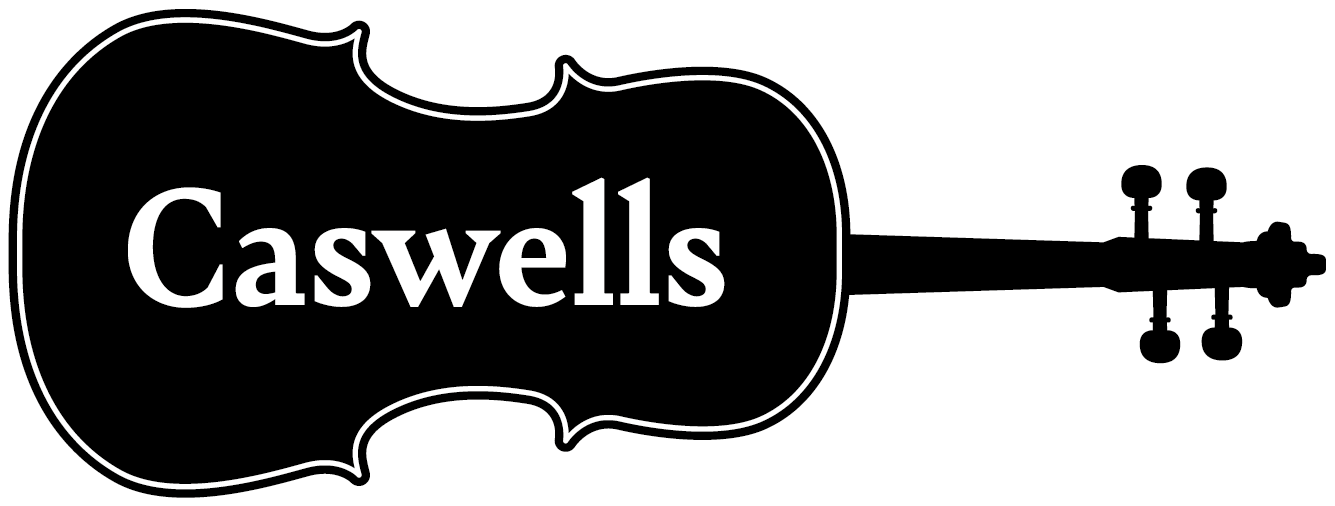


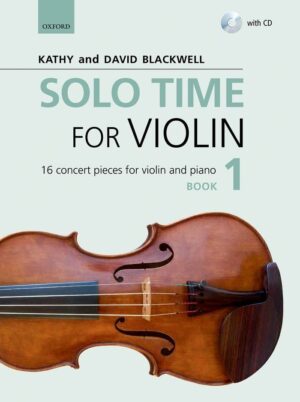
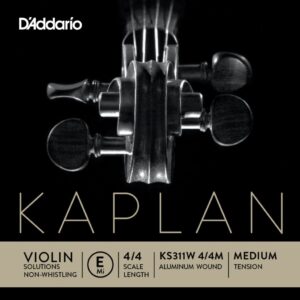





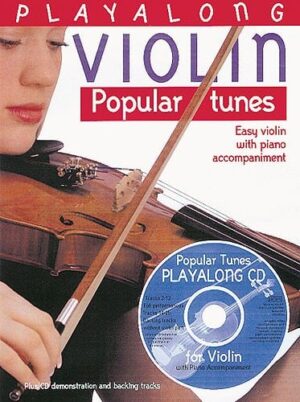
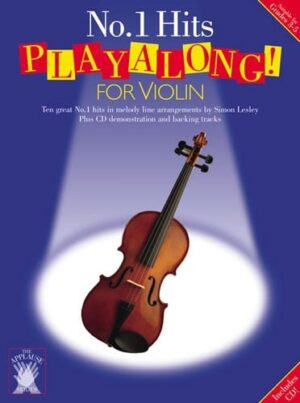
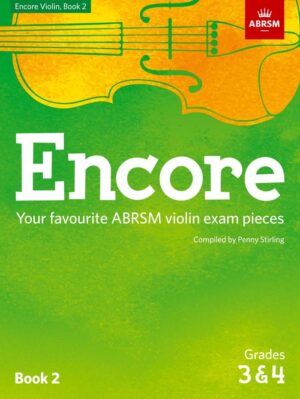


Just what I needed to read. I harbour no fantasies about owning a ‘strad’. Just a sentimental attachment. I’ve inherited one of three violins – made by no less a person than my great grandfather. By trade, he was a fine cabinet and furniture maker between 1845 and 1900.
For sentimental reasons my family would like to see the violin restored and passed to future generations. It has lain, unplayed and unloved, in its wooden case since since 1950. I recently examined the instrument, looking for signs of damage, disintegration or warping (it had laid in an attic). Front, back, ribs, scroll and fingerboard are all integrated. Bridge is loose. Strings are all broken. The bow is intact but the hairs are loose at one end. Would you assess its condition for possible restoration please and give a general estimate of cost?
An extremely instructive and useful guide!